Nintendo's Brutal Mario Game
Shigeru Miyamoto and his team made a “kaizo” game long before fan hacks emerged
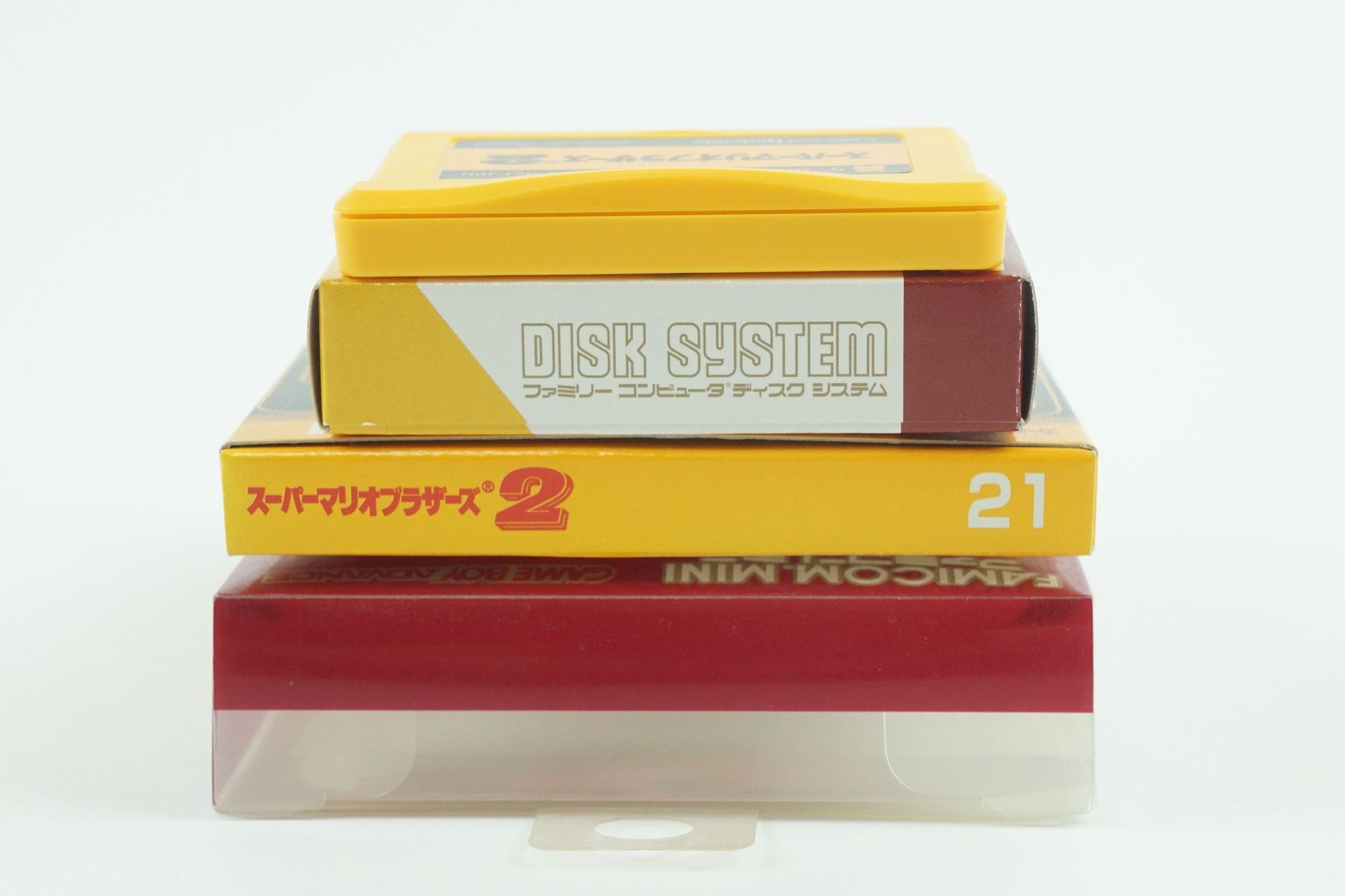
Have you ever heard of a kaizo game? The concept is pretty straightforward. Players take an existing game — including its assets, like character sprites — and “remix” them to build eye-wateringly difficult levels. There’s a whole culture around kaizo games. If you’re curious, I highly recommend checking out Josh Bycer’s fantastic piece on the topic.
One of the most fascinating elements of kaizo games is the concept of a kaizo trap. The idea is that the designer sets up a particularly nasty obstacle that the player will trigger with little to no forewarning. It’s often the case that these traps are aimed squarely at players who attempt to take the easiest path through a level. I think of it as a kind of contrapasso, which makes it all the more delightfully fiendish.
Most people would probably think of kaizo games as setting out to achieve the exact opposite of what games generally aim for. For the most part, video game designers try to carefully balance difficulty. Challenge is important, but overwhelmingly punishing difficulty (where, for instance, players routinely encounter unavoidable deaths) is usually a sign of poor game design. Kaizo games avoid the “poor game design” moniker because they are deliberately designed to inflict maximum pain, and players understand this when diving in.
Aside from the specific mechanical traits that make a kaizo game, well…kaizo, there’s another important ingredient at play: it’s the fans taking an established game and “hacking” it in order to turn it into the equivalent of running uphill during a landslide.
But what happens when a prominent, family-friendly game company converts one of its most iconic, beloved titles into a heinous meat grinder?
That’s exactly what Nintendo did in 1986, when they released Super Mario Bros. 2 on the Famicom Disk System in Japan.
The story behind Super Mario Bros. 2 is fascinating and there are many wonderful documentaries on the internet that dive into quite some detail on the topic. For now, though, I’ll give you the crash course.
Super Mario Bros. was released in 1985 and became a global phenomenon. Nintendo wanted to rapidly follow it up with a sequel, which was due to be released on the Famicom Disk System (an attachment for the Famicom console that played games on special re-writeable disks). There was a feeling that many Japanese players had already mastered Super Mario Bros., and therefore needed a more challenging sequel. Nintendo marketed Super Mario Bros. 2 as being “for super players”. Unfortunately, the game was so brutal that Nintendo of America didn’t want to publish it (leading to another title — Doki Doki Panic — being retrofitted to become Super Mario Bros. 2 in western markets). The “real” Super Mario Bros. 2 would eventually be released in western markets as part of the 1993 Super Mario All-Stars compilation for Super Nintendo. On the compilation, it would become known as Super Mario Bros. The Lost Levels.
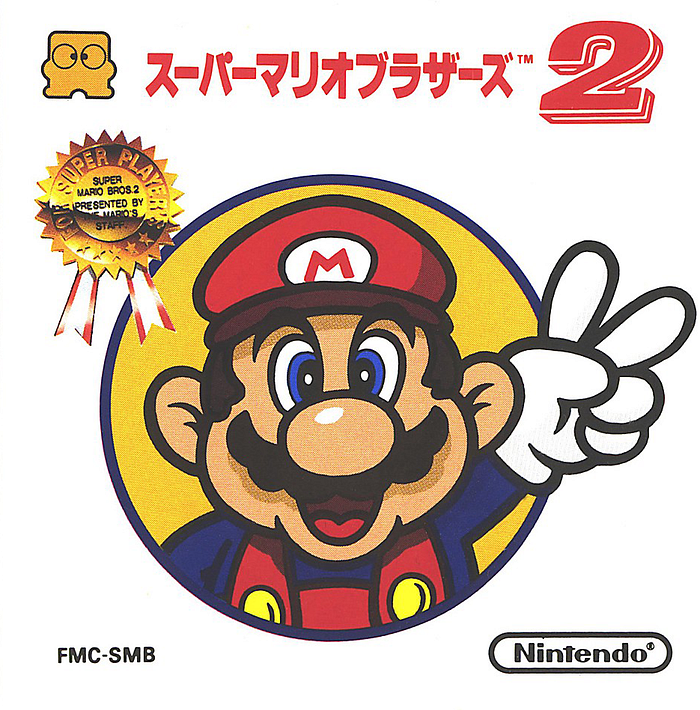
Let me just say: I’m a huge Mario fan. And I’m pretty damn good at Mario games, if I do say so myself. But I’ve never beaten Super Mario Bros. 2 — not until recently, that is. The ability to play this game as part of the Nintendo Switch Online NES catalogue (with those sweet, sweet save states) has been a literal game-changer for me.
I always knew Super Mario Bros. 2 was difficult. What I didn’t really appreciate until my latest play through is just how blatantly treacherous Nintendo’s designers could really be. This game is full of dark patterns that strike at the heart of Nintendo’s own Mario rulebook. This is, in part, what makes Super Mario Bros. 2 so much fun to play. It’s as though the Mario team got utterly ruined on sake after a haywire office party, said fuck it, and took a match to the million-seller they’d only just shipped.
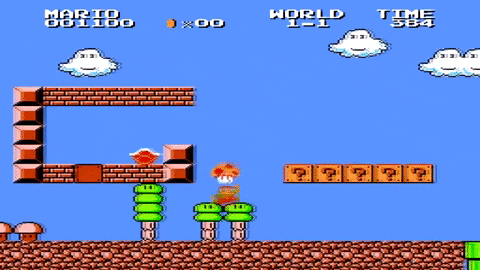
Let’s start with the most well-known change: the poison mushroom. This little bastard appears right away in World 1–1. Sure, it looks like the recently-paroled cousin of the regular super mushroom upon close inspection. But if you’ve just arrived here from the first game, your instinct will be to pick up whatever looks like a “power up”. Doing so is the equivalent of absent-mindedly putting your hand on a hot stove: after recoiling from the sting, you’ll immediately be on a more careful and deliberate footing.
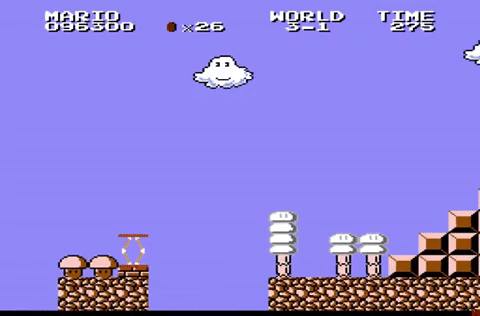
Don’t worry, though: the poison mushroom is just the beginning of the fuckery. How about World 3–1’s backwards warp pipe? Just like the original game, you will find warp pipes at various points and some of them will certainly propel you forward to later worlds. World 3–1 is a masterclass in psychological warfare. You find the springboard right before the flagpole. As you fly right over said flagpole, you just know you’re in for some Nintendo magic. How exciting! Sure enough, you’ll eventually stumble upon a warp pipe. Then you realise it’s a World 1 warp pipe and you have no way of avoiding it (other than falling into the pit and losing a life). It’s like someone asking you to taste some delicious cake batter from a wooden spoon…only to smack you in the teeth with the same spoon a moment later.
There’s a whole lot more to contend with in Super Mario Bros. 2. Some jumps are physically impossible unless you first find a hidden block in the environment to leap from. Even then, some of these blocks are high enough that you can’t easily jump on them from a standing start — it’s necessary to get a good run up, leap on the hidden block, and then leap across the impossible chasm.
Later in the game, you’ll encounter powerful gusts of wind that violently propel Mario across the screen while in mid-air. I found World 7–3 particularly challenging. In order to navigate through the level you need to use springboards while dealing with the wind gusts. Because the springboards propel Mario up “above” the visible are of the level, it’s incredibly difficult to know where he’ll land when he eventually comes back down.
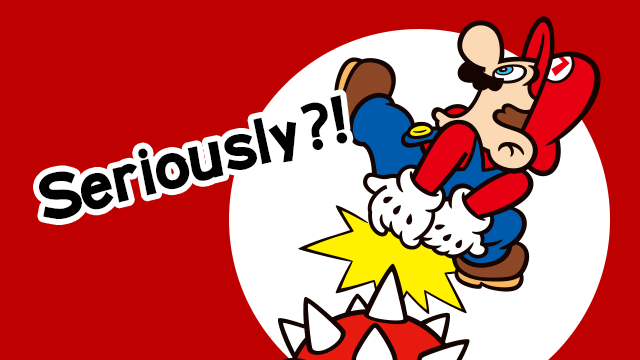
Although it’s filled with devious twists and turns, I am being slightly hyperbolic when I suggest that it’s a kaizo game. There’s nothing here that’s inherently unfair; nothing that leaves the player with no recourse. Rather, Super Mario Bros. 2 is a clear indication that Miyamoto and co. understand their own creation down to the pixel. They know exactly what skills you had to master in the original game, and the expectations you established based on that game’s rules. The deliberate violation of these rules in the sequel doesn’t imply that Nintendo abandoned all sense and structure. Rather, your muscle memory is used against you in an effort to shake you from complacency. It’s almost like being forced to write with your opposite hand — the basic rules of writing are the same, but you can’t entirely fall back on what you already know. You’re pushed back into a growth mindset, where knowledge is again replaced with curiosity. For this reason, I’d say Super Mario Bros. 2 is great to dive into right after you’ve finished Super Mario Bros. Playing both back-to-back will further sharpen your appreciation of the sequel.
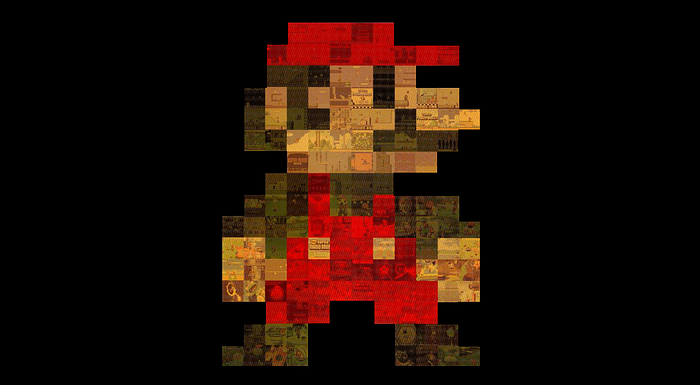
Remember, too: if you’ve never played Super Mario Bros. 2 then you will die and this will likely be a repeated occurrence. This is why playing the original version with limited lives is extremely tricky. But if you’re playing on Nintendo Switch, don’t be ashamed to take advantage of those save states. They make the game accessible enough to work your way through without entirely dulling the (good) pain.
